Most pellet stoves and inserts generate heat in the range of 8000 – 40,000 BTU’s/hour. If your appliance seems to have lost a little something in the heat output department, the fix might be easier than you think!
PELLET STOVES 101:
THE BASICS OF HOW THEY WORK.
A hopper or bin on your pellet stove or insert is filled with pellets. A drive or feed mechanism, an auger of sorts, delivers pellets to a stainless steel burn pot. Because the moisture content of pellets is very low, they are heated by an ignitor and easily burned. From a cold start, the ignition sequence takes only a few minutes.
A control board controls this start-up procedure. Once the fire is established, the burn rate or heat output, can be adjusted manually or controlled by a wall thermostat. Prior to ignition, the pressurized exhaust system is checked by the control board to ensure no obstructions in the vent pipe.
MAINTENANCE IS THE KEY.
If you’re the type who doesn’t enjoy regular, routine maintenance on equipment, or if you don’t like to get your hands dirty . . . . do not buy a pellet stove. Buy gas instead. You’ll be much happier. Consistent maintenance is mandatory with pellet equipment. There’s no way around it.
PELLET STOVES 201:
READ & FOLLOW CLEANING DIRECTIONS IN YOUR OWNER’S MANUAL.
Manufacturers spend considerable time and energy publishing an owner’s manual. They make a huge effort to create a manual that is informative and easy to understand. So, do yourself (and them) a favor: read it and follow it. You’ll be rewarded with years of terrific performance from your appliance.
ONCE A WEEK, OR EVERY 5 – 10 BAGS OF PELLETS:
Pellets fuel has a very low moisture content. And, the ash from burning them is very fine, nearly the consistency of ground pepper. This fly ash will accumulate on surfaces inside the firebox. If ignored, this ash will seriously deter the transfer of heat.
Once a week, shut down the stove or insert. A good time to do this is when refueling is necessary. Start by cleaning the burn pot. Thoroughly scrape the top and sides to remove carbon build-up or loose material. Make sure that all the holes in the burn pot are clear and not clogged or plugged up.
Ashes can be scraped into the ash pan. Next, clean the heat exchange tubes. Most manufacturers will provide cleaning tools; brushes, scraping tools, etc. to make this operation a bit easier.
ONCE A MONTH, OR EVERY 20 – 30 BAGS OF PELLETS:
Again, when the stove is low on fuel, it’s a good time to shut the unit down. In addition to the weekly cleaning directions described above, clean the glass. Always allow it to cool. Never clean the glass while it’s hot. This glass is actually a ceramic material. It can be easily cleaned with a non-abrasive cleaner designed for pellet stoves. Your WE LOVE FIRE expert has a good supply of this cleaner on hand. Inspect the gasketing on the door to make sure the seal is still effective.
Scrape and brush the heat exchange tubes to remove the fly ash. Check the ash pan or ash bucket in the appliance and empty it, if necessary. Many stoves have ash pans and buckets with lids designed on them to make it easier to get the ashes outside. If ashes are going into another container, be sure it’s one made of steel with a tight fitting lid. Store the container outside, away from the house, not in your garage or basement or on a combustible floor. And, never put garbage or recyclables in this container.
The next item is to check the exhaust port and clean if necessary. Pellet equipment uses a pressurized exhaust system and fly ash has a tendency to collect near the exhaust port. It’s important to keep an eye on this area.
EVERY 40 – 50 BAGS OF PELLETS & IN THE SPRING:
Follow the weekly and monthly cleaning directions from above. For each ton of pellets run through the appliance and at the end of the heating season, there’s a few more items that must be done. Remove the refractory liners in the firebox and thoroughly clean them. These liners help contain the fly ash to the firebox and normally need to be removed to be effectively cleaned.
Next, clean all blowers and motors. Fly ash collects on fan blades and needs to be removed.
The exhaust and venting system should be cleaned once a year. This is especially important if you frequently operate your equipment on the lowest settings.
OTHER POINTS:
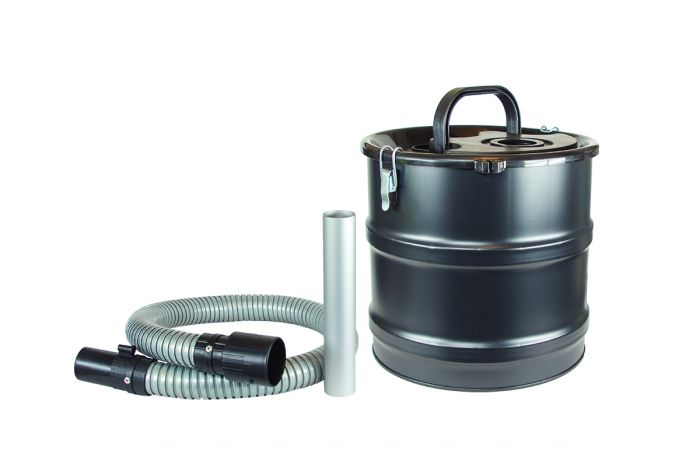 Although it may be tempting to grab your shop vac and simply vacuum out the fly ash from your stove: DON’T DO IT! If you use a household vacuum or shop vac, you’ll get fly ash air-born. You’ll probably end up dusting the entire house! And, it’s entirely likely that you’ll be vacuuming up live embers, too. If you want to thoroughly clean out the inside of the firebox, buy a vacuum designed for ash and soot removal.
Although it may be tempting to grab your shop vac and simply vacuum out the fly ash from your stove: DON’T DO IT! If you use a household vacuum or shop vac, you’ll get fly ash air-born. You’ll probably end up dusting the entire house! And, it’s entirely likely that you’ll be vacuuming up live embers, too. If you want to thoroughly clean out the inside of the firebox, buy a vacuum designed for ash and soot removal.
Most manufacturers require pellet fuel to be certified by the Pellet Fuel Institute (PFI). This stamp of approval is your assurance of consistent quality.
SO WHY NO HEAT?
95%+ of the questions regarding poor heat from pellet stove and inserts has to do with a lack of routine maintenance on the equipment. The other 5% often relates to poorly insulated walls and high heat loss. In these cases, often in downstairs family rooms, the cold walls are acting like a sponge. The heat is continually being absorbed through the cold walls and/or lost through the windows.
Weekly, monthly and annual maintenance is the key to obtaining the best performance from your pellet equipment. This article is intended to be a generic directive regarding the operation and cleaning requirements for your insert or stove. Details for proper maintenance and cleaning procedures for your specific model, are clearly outlined in your owner’s manual. It’s time well spent to read it and follow the directions.
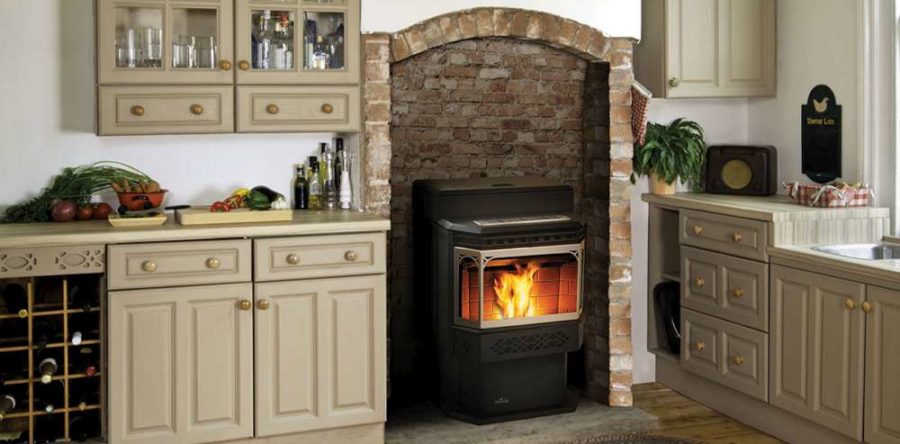

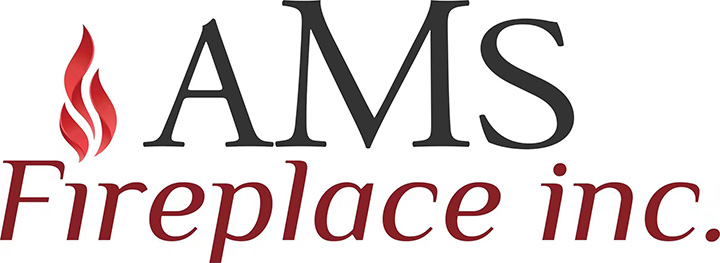
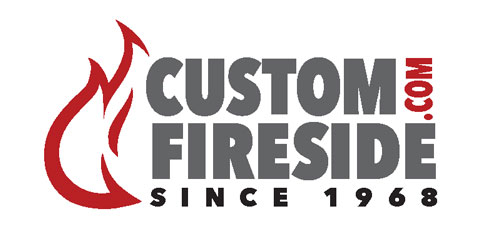


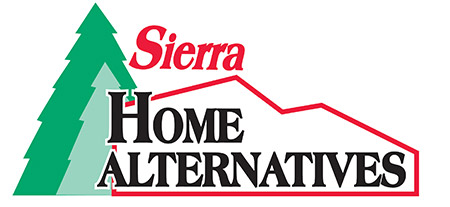
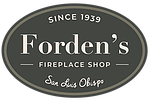




3 Responses